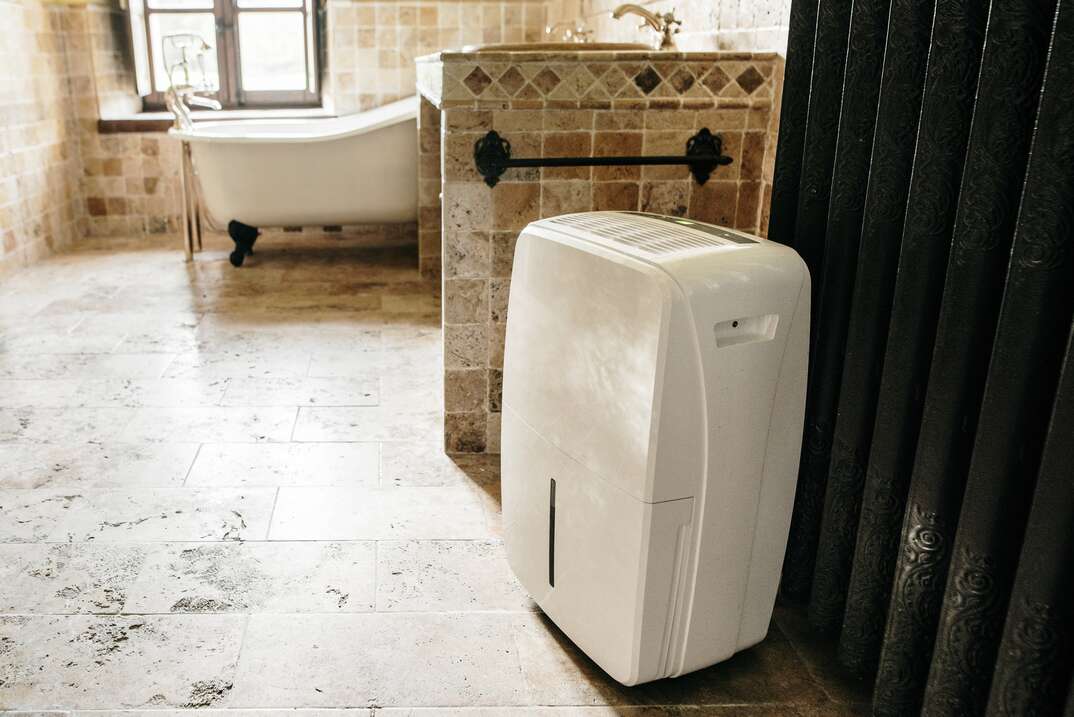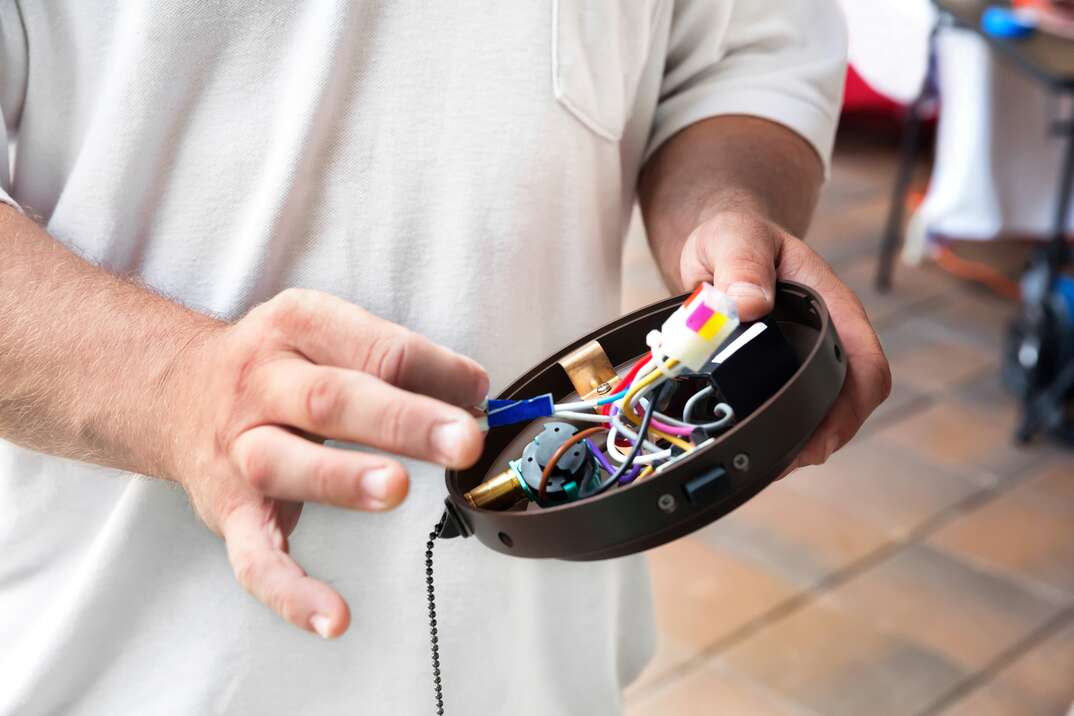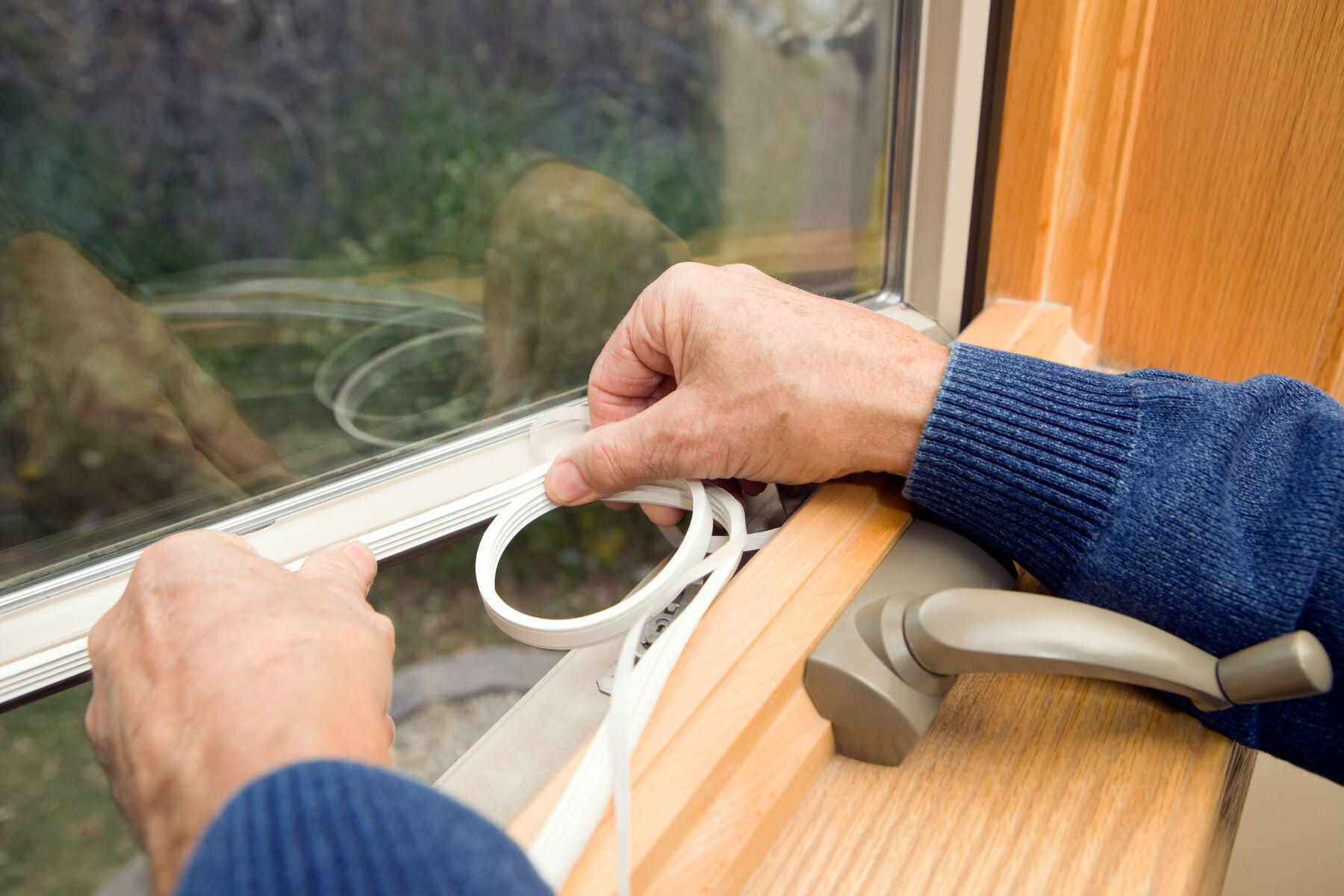6 Bathroom Ventilation Tips: How to Keep Moisture at Bay

Do you feel like you’ve stepped into a sauna every time you shower? If you don't have a bathroom ventilation system, you're probably used to that warm, foggy sensation when you're done showering.
This May Also Interest You: Exhaust Options: A DIY Bathroom Fan Installation Overview
But that extra moisture can cause some major issues in your bathroom, from water damage to mold growth that could affect your respiratory health. Learn how to control bathroom humidity with these tips.
How to Reduce Moisture in a Bathroom That Doesn't Have Ventilation?
While newer homes usually have bathroom ventilation systems, older homes don't always have those same built-in tools to cut through the humidity and moisture. Depending on your bathroom setup, you can do several things to help your bathroom dry faster after you shower. These tips for how to prevent mold in a bathroom without a fan can help.
1. Dry It by Hand
You can't avoid moisture in a bathroom when you're showering. High humidity that can cause mold growth happens when that excess moisture sticks around for too long. You can speed up the drying process with a few simple tools and tricks.
First, dry yourself off fully before you step out of the shower to avoid leaving puddles and wet footprints all over. A squeegee in your shower lets you wipe away the moisture when you're done showering. Check the floor and other areas for little puddles of water that you can dry off with a towel.
2. Crack a Window and Open the Door
If your bathroom has a window, opening it before, during and after your shower can help. It adds bathroom ventilation without a fan. Some of the excess moisture in the bathroom can escape through the window, and any breeze that comes in can help dry it faster.
Not all weather conditions make this an ideal option. If you live in a humid area or it happens to be an extra muggy day, opening the window could increase the humidity inside. Winter also makes this option difficult. Unless you love the rush of cold air hitting you when you step out of the shower, you probably won't want to open the window.
Whether or not you open the window, leaving the bathroom door open can help. If you close the door, it traps all the extra moisture in the bathroom. It'll take a lot longer for things to dry out.
3. Use a Fan, Heater or Dehumidifier
You might not have a ventilation fan installed in your bathroom, but you can bring in a freestanding fan to get things moving. Running any type of fan in the bathroom helps with air circulation and can help dry up the condensation in the bathroom faster. A space heater that blows warm air can also help, and it gives you the bonus of an extra toasty bathroom on cold days. If you have a freestanding dehumidifier, run it when you shower or whenever the bathroom humidity is high.
Use any appliances with caution in a bathroom. Ensure they're plugged into a GFCI outlet and are located away from any water sources. Place them on the floor in a level area so they don't tip.
More Related Articles:
- What’s the Span of Your Fan? Here’s How to Measure for a Ceiling Fan
- How to Remove a Ceiling Fan
- How Much Does it Cost to Install or Replace a Ceiling Fan?
- How to Wire a Ceiling Fan
- 4 Ways to Clean Your Ceiling Fan (No. 3 Is Pretty Clever!)
4. Leave the Shower Open
Leaving the shower door or curtain open when you're done showering can help with air circulation. If you close it immediately, it traps moisture inside the shower area, which can cause mold growth in your shower. Closing up the shower keeps the entire bathroom damp for longer.
5. Add Some Plants
The excess moisture in the bathroom can sometimes make it feel like a rainforest. Go with the theme by adding some lush greenery to your bathroom. Several houseplants thrive in high-humidity areas and soak up the extra moisture. Some good options include:
- Bamboo palm
- Peace lily
- Spider plant
- Boston fern
- Snake plant
- Orchid
- Begonia
If you don't have a spot to sit a plant, hang it from the ceiling. You get the moisture-absorbing effect without losing any floor or counter space.
6. Add Bathroom Ventilation Fans
You can add a bathroom ventilation fan to your bathroom even if it doesn't have one now. They can mount to the wall or ceiling, depending on the type you buy. Make sure you buy a fan that can handle the size of your bathroom. Smaller fans might have a lower cubic-feet-per-minute rating that can't keep up with the space in your bathroom. If you don't feel comfortable installing a fan yourself, an electrician can help with the installation.


